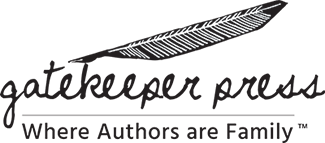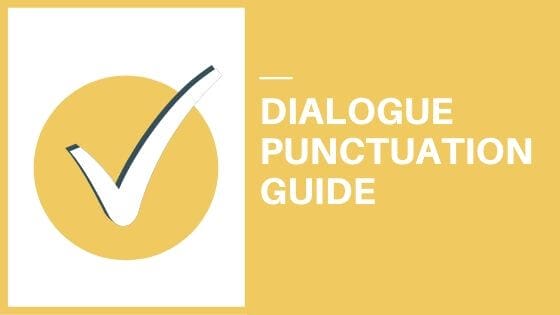Pretty much everyone loathed grammar in school, right? All those nitty-gritty rules about syntax and punctuation were enough to make your eyes cross.
For self-publishing authors who were able to stay awake during language arts and composition classes, and retained anything, you’ll have a leg up on the ins and outs of punctuating dialogue.
Dialogue is what drives the story, differentiating a book from being strictly narrative to a living, breathing tale. The adept use of dialogue is what colors in the black and white storytelling, bringing characters to vibrant life through the use of their voices.
The character’s rhythm of speech, the fevered pitch of their emotions, the nuances of their personalities—all of these rich details are the gifts of dialogue.
As critical as well-written dialogue is to a story, if the author does not have a grasp on how to format dialogue or how to punctuate dialogue, the reader will notice.
Poorly constructed dialogue can bog the reader down, and even frustrate them. Incorrectly placed punctuation can change the way the dialogue reads, confounding the poor reader.
For the story’s sake, now is as good a time as any to learn the dialogue writing rules.
✏️ 10 Main Rules for How to Format and Punctuate Dialogue in Writing
Dialogue punctuation isn’t exactly exciting, but it is incredibly important. If an author wants to be taken seriously, there will be no cutting corners when it comes to correctly punctuating the dialogue.
The Chicago Manual of Style, the U.S. writing standards that are most widely used by authors, lays out the dialogue rules pretty succinctly:
1. Periods and commas fall within the quotation marks.
“Oh, what a beautiful morning,” she exclaimed.
Jack replied, “Indeed, it is.”
2. Do not separate two sentences of dialogue with a comma.
Correct: “Why are you still here,” she exclaimed. “I want you to leave.”
Incorrect: “Why are you still here,” she exclaimed, “I want you to leave.”
3. When breaking up a dialogue with a tag partway through the sentence, the second half is not capitalized.
“Whenever my sister goes to Seattle,” Sally recounted, “she always visits the original Starbucks.”
4. For quotations within a quote, use single quotation marks.
“I was shocked when he told me, ‘I am moving out of state at the end of the month,’ and then he stormed off!”
5. When writing multiple paragraphs of dialogue, start each paragraph with a quotation mark, but only use the closer quotation mark on the final paragraph of dialogue.
“Let’s see if we can form a game plan,” her boss suggested. “I would propose that we gather the team and hold a brainstorming session. Once we have a grip on the scope of work, we can break into small groups and delegate tasks.
“We also need to set up benchmarks that are clearly defined and readily available for all team members. Let’s consider touching base at the end of the week to check progress.”
6. If using ellipsis, place the punctuation inside the quotation marks.
Mary was mortified. “I cannot believe …”
7. Create a new paragraph line for each new speaker.
“You have got to be kidding me,” shouted Henry.
Susie cried, “I didn’t mean to break your favorite coffee cup, Henry, it was an accident.”
“Never,” spat Henry, “in a MILLION years will I ever find another one like it.”
8. When using a question mark or exclamation mark, there is no comma before the dialogue tag.
“He asked you?” she gasped, obviously shocked by the news.
9. Use a comma before and/or after a name within a dialogue.
“She loved her dog, Rocky, more than words could say.”
10. Use italics for interior dialogue.
She paced the parking lot, wondering, “Do I really want that job?”
Thinking of Publishing Next? Get a Quote for Professional Editing
Punctuating dialogue can be a bit tedious, even if you are savvy to the rules.
Instead of getting mired in the muddy waters of dialogue punctuation, why not turn to a publishing pro that can take this off your plate? The team at Gatekeeper Press is ready to thoroughly edit your manuscript and knows exactly how to format dialogue. Give them a call today and get that book to market.

